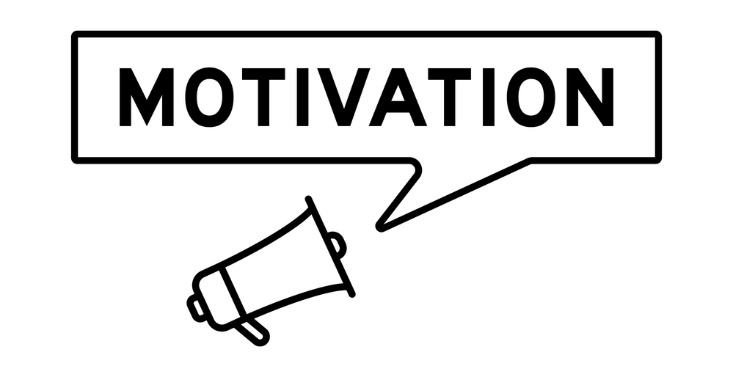
The Science of Motivation: Unlocking What Inspires People to Perform at Their Best
Motivation is the invisible force that fuels human action. In business, motivation is the difference between employees who show up to clock in hours and get paid, and those who show up to make an impact.
Understanding motivation is not just a leadership skill—it’s a necessity. Why? Because a motivated workforce is more engaged, more productive, and more innovative.
More Than a Paycheck: The Three Pillars of Motivation
Behavioral scientists have long studied what truly drives human motivation. Daniel Pink, in his book Drive: The Surprising Truth About What Motivates Us, outlines three key elements that fuel lasting motivation:
1.Purpose: The Drive to Contribute to Something Bigger
People want to know that their work matters. When employees see how their contributions impact customers, communities, or the organization, they feel a sense of fulfillment.
How leaders can cultivate purpose:
Align roles with a broader mission—help employees see how their work contributes to the company’s goals.
Share stories of impact—highlight customer success stories or ways in which the company’s work is making a difference.
Recognize and celebrate meaningful contributions—acknowledge not just outcomes but also the effort and intention behind them.
2. Autonomy: The Freedom to Take Ownership
People are most motivated when they feel a sense of control over their work. Micromanagement stifles creativity and engagement, while autonomy fosters innovation and accountability.
How leaders can encourage autonomy:
Give employees more control over how they complete their work. Instead of rigidly dictating processes, allow flexibility in how goals are achieved.
Trust your team—delegate tasks without excessive oversight and empower employees to make decisions.
Encourage ownership—let employees set their own goals and take responsibility for results.
Autonomy doesn’t mean the absence of structure; rather, it means allowing employees to take ownership within clear expectations. When people have the freedom to approach challenges in their own way, they are more engaged and invested in the outcome.
3. Mastery: The Desire to Get Better at Something That Matters
Humans have an innate desire to grow, improve, and excel. Employees who feel challenged and see progress in their skills are more likely to stay engaged and motivated.
How leaders can foster mastery:
Provide opportunities for continuous learning—invest in training, mentorship, and skill development.
Offer stretch assignments—challenge employees with projects that push them beyond their comfort zone. This will allow them to get comfortable being uncomfortable (the place where all growth happens).
Create a culture of feedback—constructive feedback helps employees refine their skills and gain confidence in their abilities.
When people see their own growth and feel that their organization supports their development, their motivation skyrockets.
Why This Matters for Leaders and Organizations
Understanding what motivates people isn’t just about improving productivity—it’s about building a thriving workplace culture. Leaders who embrace these motivation principles create environments where employees are not just compliant but committed.
A few key takeaways for leaders and managers:
✅ Help employees connect to a greater purpose beyond daily tasks.
✅ Give your team the autonomy to own their work and make decisions.
✅ Foster continuous learning and mastery to keep employees engaged.
✅ Recognize that motivation is not one-size-fits-all—different people are driven by different aspects of purpose, autonomy, and mastery.
So, whether you’re an entrepreneur, an executive, or a team leader, ask yourself:
Do your employees feel connected to a purpose?
Do they have autonomy in their roles?
Are they continuously growing and mastering new skills?
If the answer is no, there’s an opportunity to reimagine how you inspire and engage your team. Because when people are motivated from within, their best work isn’t just an occasional effort—it becomes the standard.
Dr. Patty Ann
#EmployeeEngagement #Leadership #Productivity #CareerGrowth #PurposeDriven
